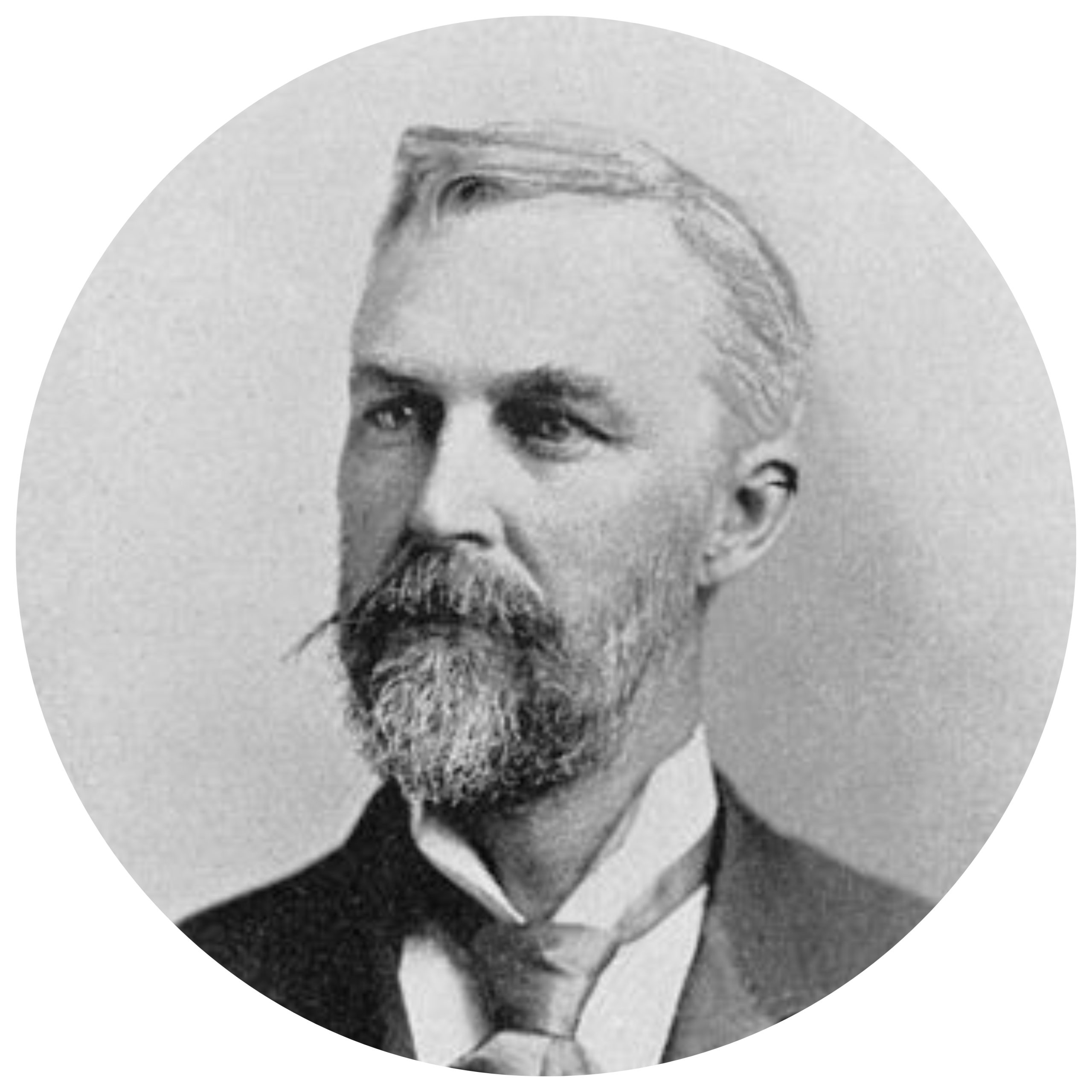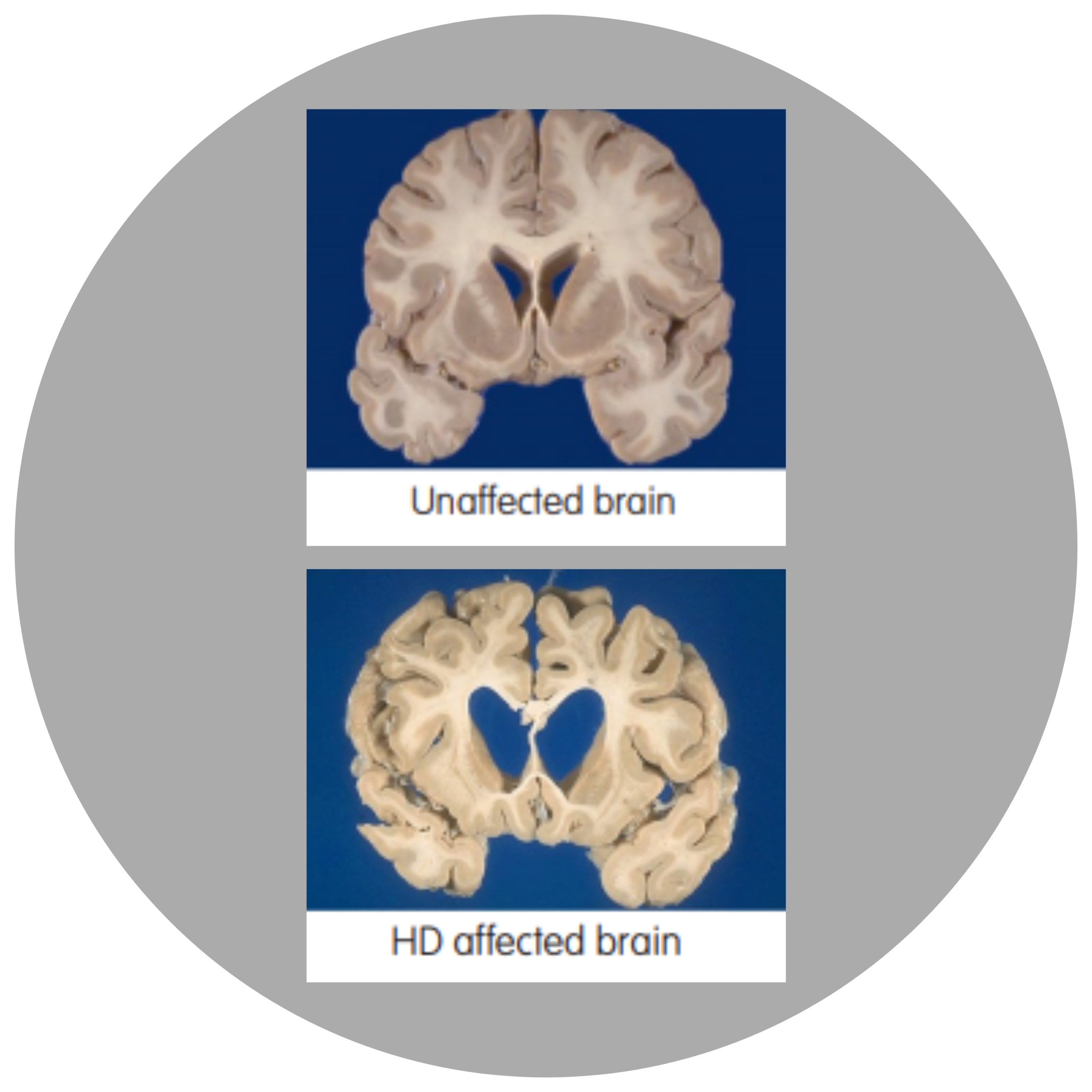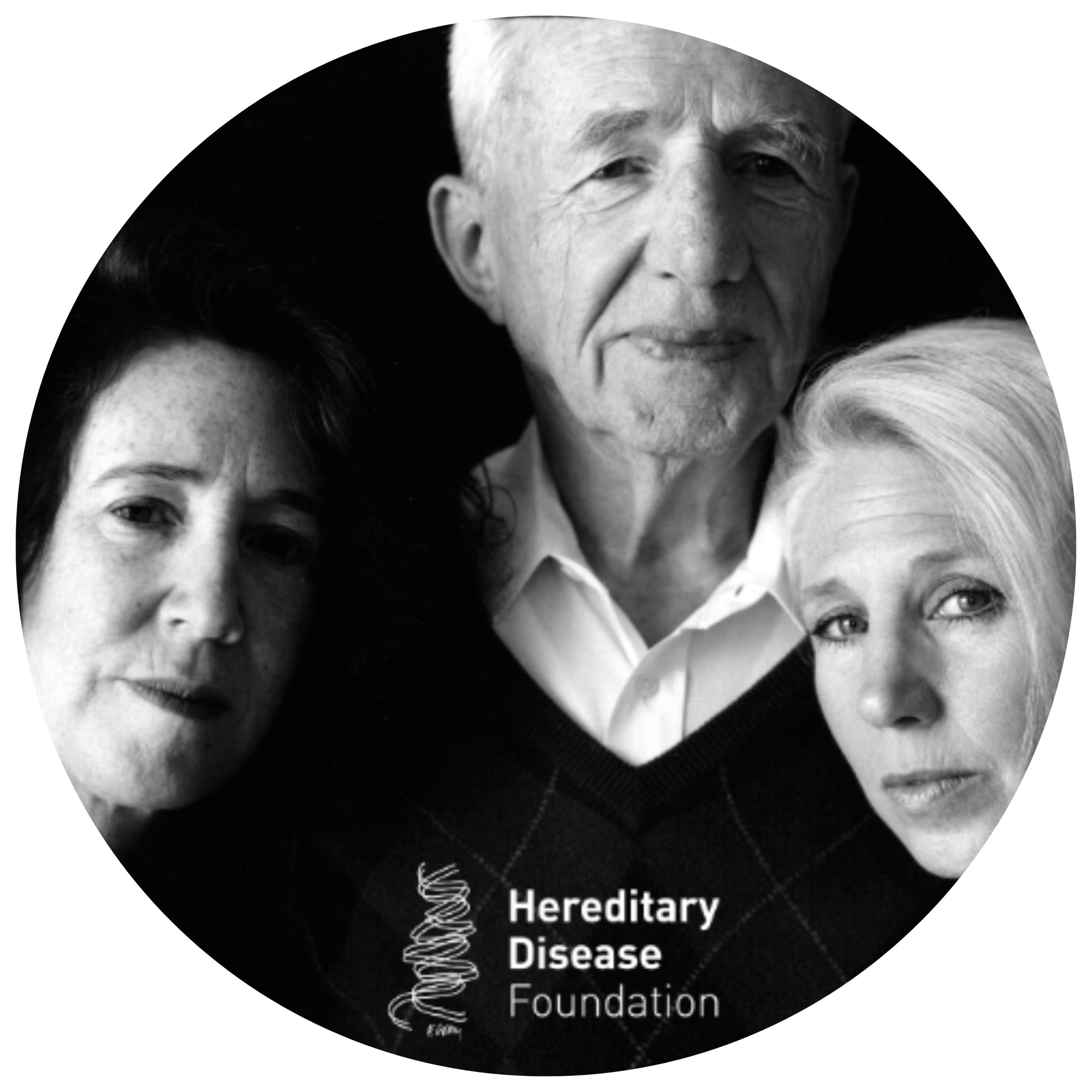Huntington’s Disease Timeline
This timeline showcases the development in knowledge and understanding, and ultimately, getting one step closer to finding a cure for the Huntington’s disease community

16th Century
A Renaissance alchemist, Paracelsus, coined the term “chorea” to describe the dance-like, uncoordinated movements that are now known to be symptomatic of Huntington’s disease.

1686
Thomas Sydenham, an English Physician attempted to classify different types of chorea and described their causes.

1840s
For the first time, Huntington’s disease is referred to by medical practitioners in the US, England and Norway as “chronic hereditary chorea”.

1872
In this year, a 20-year-old new medical graduate named George Huntington published a paper titled “On Chorea”. This is the first time a definitive explanation of the presentation of chorea and its association with Huntington’s disease was identified.
Image from Wellcome Images https://wellcomeimages.org/indexplus/image/L0029545.html. This work is licensed under a https://creativecommons.org/licenses/by/4.0/ Creative Commons Attribution 4.0 International License. You are free to share and adapt the work under the conditions of this license.

1910
Researchers discovered that the brain of an individual with Huntington’s disease’s deteriorates as the disease progresses. They also found that the caudate nucleus is a main area where brain cell death occurs.

1974
The Foundation for Research in Hereditary Disease, later known as Hereditary Disease Foundation was established by Milton Wexler and his family to raise funds for research.
Image by Hereditary Disease Foundation.
1967
Woody Guthrie was a famous singer-songwriter who had influenced many famous artists during and after his time. He was formally diagnosed with Huntington’s disease in 1952 and sadly passed away in 1967 at the age of 55. His wife Marjorie Guthrie created the first not-for-profit organisation for Huntington’s disease called the Committee to Combat Huntington’s disease (CCHD).
Image by Al Aumuller/New York World-Telegram and the Sun (uploaded by User:Urban). Available from the United States Library of Congress's Prints and Photographs division under the digital ID cph.3c30859

1974
The International Huntington Association (IHA) was established by Marjorie Guthrie. It now encompasses more than 30 associations around the world that share a common concern for individuals diagnosed with Huntington’s disease and their families.

1976
The first rat model of Huntington’s disease was developed by Joseph T. Coyle using kainic acid. The rats exhibited Huntington’s disease-like symptoms such as weight loss, motor impairments, brain atrophy (loss of neurons and their connections), and other cognitive impairments.

1979
Nancy Wexler and her research team (Huntington’s Disease Collaborative Research Group) found out that Huntington’s disease was highly prevalent throughout families in Venezuela. The research group travelled there and began trials in attempt to find the gene causing Huntington’s disease amongst families around the world.
Image by Acey Harper, via Getty Images
1981
The month of May becomes May Awareness in recognition of Huntington’s disease. Organisations and individuals run events such as walks, fundraisers, educational seminars, support groups and social media campaigns to raise much needed awareness of Huntington’s disease. This provides an opportunity to increase knowledge, advocacy, support and unity to the wider community.

1983
The Huntington’s Disease Collaborative Research Group got one step closer to success in their Huntington’s disease trials in Venezuela. They found a gene marker that was linked to Huntington’s disease on chromosome 4 – the section in DNA that Huntington’s disease is connected to. However, the gene itself was not yet uncovered.
Image by Peter Ginter

1993
This year marks the biggest breakthrough that we have seen in the Huntington’s space so far. The Huntington’s Disease Collaborative Research Group found that the gene causing Huntington’s disease in individuals had an abnormally high CAG repeat in the HTT gene. As a result of these findings, researchers could begin to gain more understanding of Huntington’s disease and work towards developing a cure. Individuals in a Huntington’s disease family were also then able to undergo predictive testing to find out if they inherited the faulty HD gene or not.
Image by Hereditary Disease Foundation.
1995
Scientists find HAP1, a protein that binds to the Huntingtin (HTT) gene. They discovered that HAP1 plays a role in neurodegeneration if the HTT gene is faulty and therefore, contributes to the symptoms of Huntington’s disease.

1996
Transgenic mouse model of Huntington’s disease was developed by Dr Gillian Bates where mice are genetically modified to carry the faulty HTT gene associated with Huntington’s disease. This enabled Dr Gillian Bates to create valuable methods for investigating the progression of Huntington’s disease (and other diseases) and potential treatments.
Image by UK Dementia Research Institute.

2004
The HART trial was the first human clinical trial of coenzyme Q10 for Huntington’s disease. Unfortunately, the results published in 2011 did not show a significant difference between the high-dose coenzyme Q10 group and the placebo group. However, the results paved the way for further investigations and refinements of treating Huntington’s disease.

2008
Researchers at University of California Los Angeles (UCLA) found evidence that the faulty HTT gene associated with Huntington’s disease affects cells all over the body, not just in the brain.

2008
The High-Quality Human Reference (HQR) genome sequence of a woman with Huntington’s disease is published, enabling researchers to better study the disease and develop potential treatments.

2009
Researchers found that the faulty Huntingtin protein affects not only the neurons but other cells in the brain such as astrocytes. Astrocytes are important for the stabilility, regulation and functioning of the central nervous system. This finding marked another breakthrough in research as we begin to understand more about the impacts of Huntington’s disease on the brain.

2011
HD Buzz was created by two pre-eminent members of the professional Huntington’s community: Jeff Carroll and Ed Wild. HD Buzz provides updates on news, research and education on Huntington’s disease in a way that is understandable to the community, and as such has become a reputable source of information for the Huntington’s disease community.
Image by HD Buzz.

2012
The first experimental gene silencing therapy is tested using a mouse model of Huntington’s disease. This approach aims to reduce the production of the mutant huntingtin protein by targeting the messenger RNA molecules that carry the instructions for its synthesis.

2012
Ionis Pharmaceuticals (formerly Isis Pharmaceuticals) announces successful results from a phase 1/2a clinical trial of an antisense oligonucleotide (ASO) therapy called RG6042, which effectively lowers the production of the faulty huntingtin protein.

2018
Wave Life Sciences announces positive results from a phase 1b/2a clinical trial of a therapy called WVE-120102, an allele-selective antisense oligonucleotide designed to target and block the faulty huntingtin protein.

2020
Roche/Genentech announces promising results from the phase 3 clinical trial (GENERATION HD1) of tominersen (previously RG6042), demonstrating a significant reduction in the faulty huntingtin protein levels.

2023
There has been a lot of excitement over the last few years in relation to international clinical trials, some of which have occurred in Australia. Unfortunately, over recent times, some of these trials including WVE-120102 and GENERATION HD1 have been suspended at the recommendation of independent committee for safety reasons. Whilst this is disappointing, please note that research continues. The more we learn through these clinical trials, the closer we are to finding effective treatment that can slow or halt the progression of the disease, and eventually a cure.
